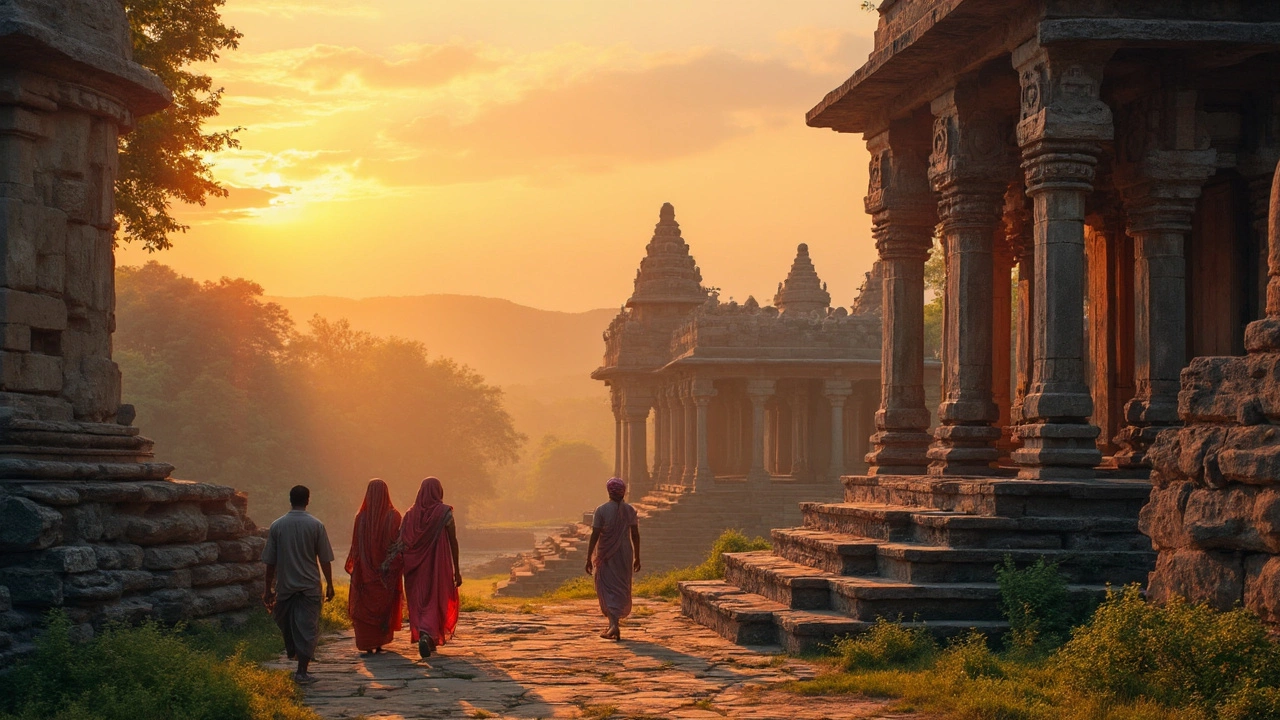Ancient History in India: Discover Lost Civilizations and Sacred Sites
When you think of ancient history, the deep-rooted past of human civilizations that shaped culture, religion, and architecture. Also known as early human heritage, it’s not just about ruins—it’s about the living traditions still practiced in temples, festivals, and daily rituals across India. India’s ancient history isn’t locked in textbooks. It’s carved into the stone of the UNESCO World Heritage Sites, locations recognized by the United Nations for their cultural or natural significance, whispered in the chants of priests at the Taj Mahal, a 17th-century mausoleum built by Emperor Shah Jahan as a symbol of love, and alive in the strict temple etiquette, the unwritten rules and customs visitors must follow when entering sacred Hindu and Buddhist spaces you’ll see in Varanasi or Madurai.
Why does this matter to you? Because India’s ancient history isn’t just something to photograph—it’s something to experience. The stepwells of Gujarat, the rock-cut caves of Ajanta, the lost city of Mohenjo-Daro—these aren’t just relics. They’re clues to how people lived, worshipped, traded, and built communities over 5,000 years ago. And today, those same places still draw millions, not just for their beauty, but because they carry a kind of energy that modern cities can’t replicate. You don’t need to be a scholar to feel it. Just show up with respect, and you’ll notice how the air changes near a 2,000-year-old temple compared to a shopping mall.
What you’ll find in this collection isn’t a dry list of dates or names. It’s real, practical insight from travelers who’ve walked these paths. You’ll learn why Nagpur is called the Heart of India—not just geographically, but because it sits at the crossroads of ancient trade routes. You’ll see how to visit a temple without breaking customs, why some of the world’s most expensive train rides connect to historical routes, and how to avoid getting sick while eating street food near a 1,000-year-old fortress. These stories aren’t about nostalgia. They’re about connecting with a past that still shapes how people live, eat, pray, and travel today.
